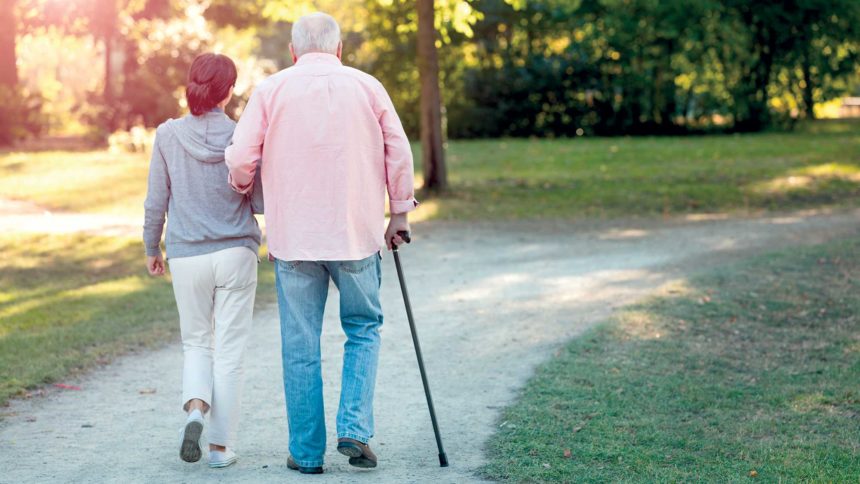
A new guideline for treating motor symptoms of early Parkinson’s disease has singled out the standard-of-care drug levodopa as the best option for most patients.
When compared to alternative options, levodopa provides a superior risk-benefit profile when used to alleviate motor symptoms, and patients are less likely to stop treatment with the drug, the authors report. The guideline, released Tuesday, updates the American Academy of Neurology’s 2002 recommendations on dopaminergic medications for treating the disease soon after initial diagnosis.
Parkinson’s, a progressive neurological disease, has early motor symptoms that include tremor, rigidity and bradykinesia (slowness of movement). It is treated with drugs that either raise or act on the chemical dopamine in the body to decrease these symptoms.
The guideline authors reviewed the latest research and compared levodopa with other common drug class options, including dopamine agonists and MAO-B inhibitors.
Dopamine agonists can cause impulse-control disorders such as compulsive gambling, eating, shopping or sexual activity, as well as hallucinations. When compared to levodopa, users also have a greater risk of excessive daytime sleepiness. MAO-B inhibitors, meanwhile, are more likely to require additional therapy within two to three years than levodopa users, the authors reported.
Patients also are more likely to stop treatment due to side effects of these drugs than they are with levodopa, they found.
At the same time, levodopa is more likely than dopamine agonists to cause dyskinesia — involuntary writhing movements of the face, arms, legs or trunk — during the first five years of treatment. The prevalence of this side effect is low but to reduce risk of occurrence, patients should be prescribed the lowest effective dose of the drug, according to the authors.
“We carefully reviewed the available research on the effectiveness and possible risks of medications to treat motor symptoms in people with early Parkinson’s disease and found that levodopa is usually the best first treatment for these symptoms,” Tamara Pringsheim, M.D., MSc, of the University of Calgary, in Canada, said. “Still, there are side effects with levodopa as well as other drugs, so it is important that a person newly diagnosed with Parkinson’s disease discusses all options with their neurologist before deciding on the best treatment plan for them.”
The guideline was published on Nov. 15 in the online issue of Neurology.




